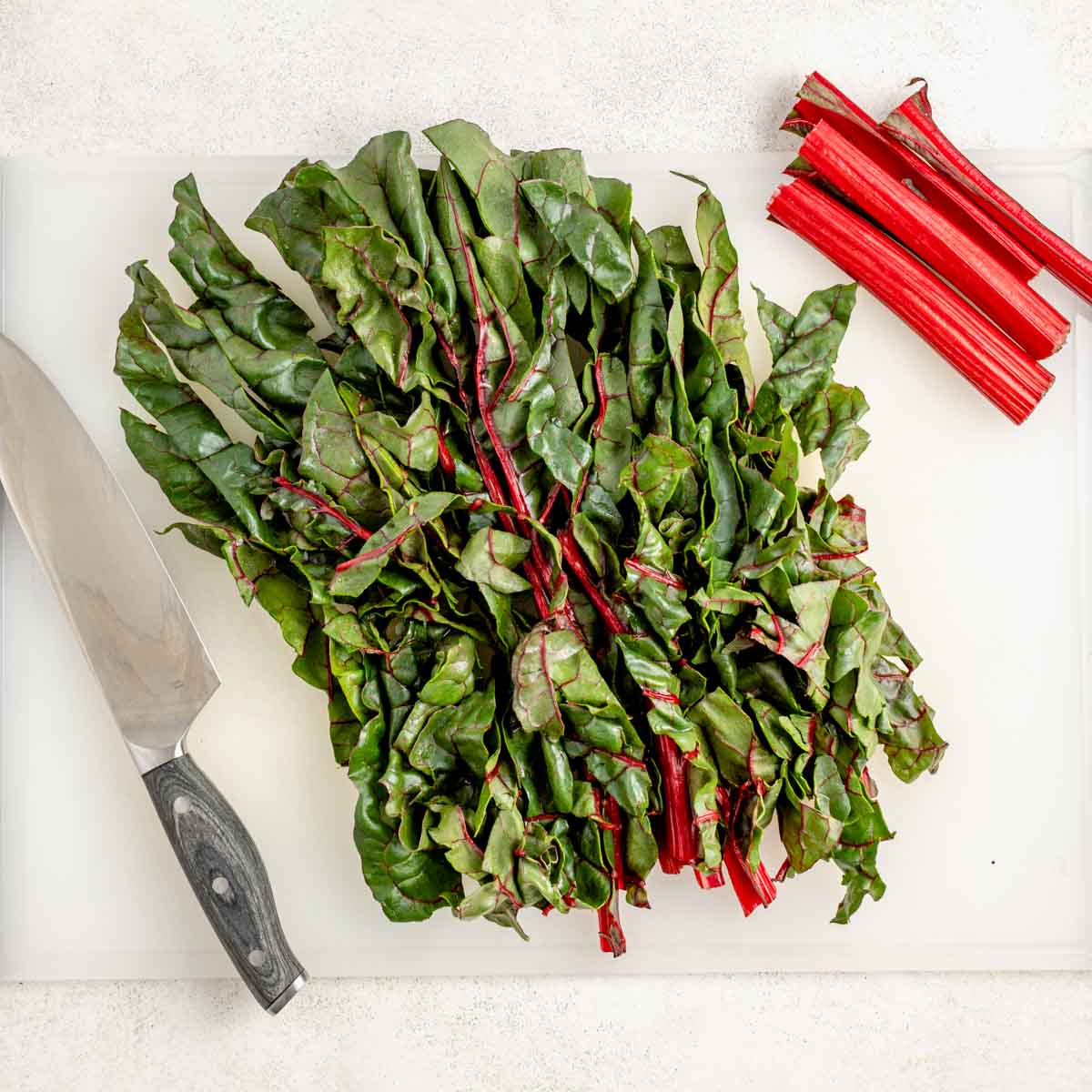

Articles
How To Store Rainbow Chard
Modified: February 22, 2024
Learn how to store rainbow chard with these helpful articles. Keep your chard fresh for longer with our step-by-step storage tips.
(Many of the links in this article redirect to a specific reviewed product. Your purchase of these products through affiliate links helps to generate commission for Storables.com, at no extra cost. Learn more)
Introduction
Rainbow chard is a vibrant and nutritious leafy green that adds a burst of color and flavor to any dish. With its vibrant stalks of red, yellow, and orange, and its dark green leaves, rainbow chard is not only visually appealing but also packed with essential vitamins and minerals. It is a versatile ingredient that can be incorporated into various recipes, such as salads, stir-fries, soups, and more.
In this article, we will explore the different aspects of storing rainbow chard to ensure that it remains fresh and flavorful for as long as possible. From choosing the right chard at the grocery store to harvesting and storing it at home, we will provide you with all the tips and tricks you need to know to keep your rainbow chard at its best.
Whether you have a bountiful garden of rainbow chard or picked up a fresh bunch from your local farmers’ market, learning how to properly store this leafy green will help you make the most of its nutritional value and taste. So, let’s dive in and discover the best practices for storing rainbow chard.
Key Takeaways:
- Properly storing rainbow chard involves choosing vibrant stalks, removing damaged leaves, and wrapping it in damp paper towels before refrigerating. This ensures freshness and extends its shelf life for up to a week.
- Harvesting and preparing rainbow chard involves picking the outer leaves, separating the stalks from the leaves, and rinsing them thoroughly. With the right storage and preparation, rainbow chard can be a versatile and nutritious addition to various dishes.
Read more: How To Store Chard
What is Rainbow Chard?
Rainbow chard, scientifically known as Beta vulgaris, is a leafy green vegetable that belongs to the same family as beets and spinach. It is also commonly referred to as Swiss chard or simply chard. What sets rainbow chard apart from other greens is its vibrant and colorful stalks, which come in shades of red, yellow, orange, and even pink.
The leaves of rainbow chard are large and glossy, with a slightly bitter and earthy flavor. They are rich in essential vitamins and minerals, including vitamins A, C, and K, as well as dietary fiber, iron, magnesium, and potassium.
When it comes to culinary usage, the entire rainbow chard plant is edible. While the stems have a crisp texture and add a beautiful pop of color to dishes, the leaves are tender and can be cooked or eaten raw. Rainbow chard can be used in a variety of recipes, including sautés, stir-fries, salads, soups, and even as a substitute for spinach or kale in certain dishes.
Not only is rainbow chard a nutritious addition to your meals, but it also offers aesthetic appeal with its vibrant hues, making it an excellent choice for garnishes or colorful sides. Its versatility and health benefits make it a popular choice among home cooks and professional chefs alike.
Now that we have a better understanding of what rainbow chard is, let’s move on to the next section to learn how to choose the best chard at the grocery store or farmers’ market.
Choosing the Right Rainbow Chard
When it comes to selecting rainbow chard, there are a few key factors to consider to ensure that you choose the freshest and most flavorful bunch. Here are some tips to help you choose the right rainbow chard:
- Look for vibrant stalks: The stalks of rainbow chard should be brightly colored, ranging from reds to yellows and oranges. Avoid any bunches with pale or discolored stalks, as this is an indication that the chard may be past its prime.
- Inspect the leaves: The leaves of rainbow chard should be crisp, with no signs of wilting or yellowing. Avoid bunches with damaged or browning leaves, as this can affect the taste and texture of the chard.
- Check for freshness: Give the chard a gentle squeeze to ensure that the leaves are firm and not limp. Fresh rainbow chard should have a crisp texture and a slightly earthy aroma.
- Choose the right size: Bunches of rainbow chard come in various sizes, from small to large. Depending on your needs and the recipes you plan to prepare, choose a size that suits your requirements. Keep in mind that younger chard tends to have more tender leaves, while larger chard may have tougher stalks.
- Consider organic options: If possible, opt for organic rainbow chard to minimize exposure to pesticides and support sustainable farming practices.
It’s important to note that rainbow chard is available year-round in most places, but it is at its peak during the spring and summer months. Try to purchase it when it is in season for the freshest and most flavorful chard.
Now that you know how to choose the best rainbow chard, let’s move on to the next section to learn how to properly harvest and store it at home to maintain its freshness and flavor.
Harvesting Rainbow Chard
Harvesting rainbow chard is a straightforward process that allows you to enjoy the freshest leaves and stalks from your own garden or plot. Here’s a step-by-step guide to harvesting rainbow chard:
- Choose the right time: Rainbow chard can be harvested at any stage of growth, but for the most tender leaves, it’s best to harvest when the leaves are young and vibrant.
- Inspect the plant: Before harvesting, examine the rainbow chard plant for any signs of disease or pest damage. If you notice any issues, it’s best to discard the affected parts and only harvest the healthy leaves and stalks.
- Pick the outer leaves: Start by picking the outer leaves of the rainbow chard plant. Hold the stalk near the base, where it meets the soil, and gently tug the leaf away from the plant. Alternatively, you can use a pair of clean garden shears or scissors to cut the leaves off at the base.
- Leave the inner leaves intact: To ensure that the chard continues to grow and produce more leaves, leave the inner leaves and smaller stalks untouched. This allows the plant to continue its growth cycle without being completely harvested.
- Continue the harvesting process: As the rainbow chard plant continues to grow, you can repeat the harvesting process by picking the outer leaves when they reach the desired size. This allows for a continuous supply of fresh chard throughout the growing season.
It’s important to note that rainbow chard is a resilient plant that can tolerate multiple harvests. However, it’s crucial to avoid overharvesting and to give the plant enough time to regenerate between harvests.
If you don’t have access to a garden or outdoor space, you can still enjoy fresh rainbow chard by purchasing it from a local farmers’ market or grocery store that offers locally grown produce. Now that you know how to harvest rainbow chard, let’s move on to the next section and learn how to store it properly to maintain its freshness and flavor.
Store rainbow chard in the refrigerator. Remove any bands or ties, wrap in a damp paper towel, and place in a plastic bag. It should stay fresh for up to 5 days.
Storing Rainbow Chard
Properly storing rainbow chard is essential to maintain its freshness and maximize its shelf life. Follow these guidelines to store rainbow chard:
- Remove any damaged leaves: Before storing rainbow chard, inspect the leaves for any signs of wilting, damage, or yellowing. Remove any damaged leaves as they can affect the quality of the rest of the chard.
- Keep it dry: Excess moisture can cause rainbow chard to spoil quickly. To keep it dry, gently pat the leaves and stalks with a paper towel or clean cloth to remove any moisture. Avoid washing it before storing, as the moisture can lead to spoilage.
- Wrap in damp paper towels: After patting the chard dry, wrap it loosely in damp paper towels. This helps to retain moisture and prevent the chard from drying out while in storage.
- Place in a plastic bag or container: Once wrapped in damp paper towels, place the rainbow chard in a plastic bag or an airtight container. Seal the bag or container tightly to maintain freshness.
- Optimal temperature and humidity: Rainbow chard should be stored in the refrigerator at a consistent temperature of around 32 to 40°F (0 to 4°C). The ideal humidity level for storing chard is around 95%. Some refrigerators have a separate drawer or compartment for storing leafy greens, which can help maintain the appropriate temperature and humidity.
- Avoid storing near ethylene-producing fruits: Ethylene is a gas produced naturally by certain fruits, including apples, bananas, and tomatoes, which can speed up the ripening process and cause leafy greens like rainbow chard to deteriorate quickly. Keep chard away from ethylene-producing fruits to prevent premature spoilage.
When stored properly, rainbow chard can stay fresh for up to a week in the refrigerator. However, it’s always best to consume it as soon as possible for the best flavor and nutritional benefits.
Now that you know how to store rainbow chard, the next step is to learn how to properly clean and prepare it before incorporating it into your favorite recipes. Let’s move on to the next section to find out more.
Read more: How To Store Swiss Chard
Proper Cleaning and Preparation
Before using rainbow chard in your recipes, it’s important to clean and prepare it properly. Follow these steps to ensure that your rainbow chard is ready to be cooked and enjoyed:
- Separate the stalks from the leaves: Start by separating the colorful stalks from the dark green leaves. You can do this by running a knife along the sides of the stalks or tearing them apart with your hands.
- Rinse the stalks and leaves: Thoroughly rinse the rainbow chard stalks and leaves under cold running water to remove any dirt or debris. Gently rub the leaves to remove any stubborn dirt, focusing on the crevices between the stalks.
- Trim the stalks: If the stalks are particularly thick or fibrous, you might want to trim them. Simply use a sharp knife to remove the tough ends of the stalks, making them more tender and easier to cook.
- Cut into desired sizes: Depending on your recipe, you can either chop the rainbow chard into smaller pieces or leave them whole. The stem and stalks will usually take longer to cook than the delicate leaves, so keep that in mind when deciding on the size.
Once you have cleaned and prepared the rainbow chard, it is now ready to be cooked and incorporated into a variety of dishes. Let’s explore some cooking and serving suggestions in the next section.
Cooking and Serving Suggestions
Rainbow chard is a versatile ingredient that can be cooked in various ways to highlight its flavor and vibrant colors. Here are some cooking and serving suggestions to inspire you:
- Sautéed Rainbow Chard: Heat a little olive oil in a pan and sauté garlic and onions until fragrant. Add the chopped rainbow chard, season with salt and pepper, and cook until the leaves wilt and the stalks become tender.
- Stir-Fried Rainbow Chard: In a hot wok or skillet, stir-fry rainbow chard with a mix of colorful vegetables like bell peppers, carrots, and snap peas. Add your choice of protein (such as tofu, chicken, or shrimp) and season with soy sauce or your favorite stir-fry sauce.
- Rainbow Chard Salad: Toss thinly sliced rainbow chard leaves with a citrus dressing, nuts, and dried fruit for a refreshing and nutritious salad. You can also add some crumbled feta cheese or grilled chicken for added flavor and protein.
- Rainbow Chard Soup: Make a hearty vegetable soup by simmering rainbow chard with other vegetables, such as tomatoes, carrots, and potatoes. Add vegetable broth, herbs, and spices to enhance the flavor, and serve it with a crusty bread.
- Rainbow Chard Wraps: Use rainbow chard leaves as a substitute for tortilla wraps. Fill them with your choice of fillings, such as grilled vegetables, chickpeas, or quinoa, and enjoy a delicious and nutritious wrap.
These are just a few ideas to get you started, but feel free to experiment and get creative with how you use rainbow chard in your cooking. Its versatility allows it to be a fantastic addition to soups, stews, pasta dishes, and even smoothies.
When serving rainbow chard, you can use it as a colorful side dish or incorporate it into your main course. It pairs well with a variety of flavors, including citrus, garlic, ginger, and even spicy seasonings.
Remember to adjust the cooking time based on the thickness of the stalks and the desired tenderness of the leaves. Overcooking rainbow chard can lead to a loss of nutrients and a mushy texture, so be vigilant and remove it from heat once it is cooked to your preference.
Now that you have some cooking and serving ideas, it’s time to put your rainbow chard knowledge into action and enjoy this nutritious and visually stunning vegetable!
Conclusion
Rainbow chard is a nutritious and versatile leafy green that adds a vibrant burst of color and flavor to any dish. By following the tips and guidelines provided in this article, you can ensure that your rainbow chard remains fresh, flavorful, and ready to be enjoyed.
Remember to choose rainbow chard with vibrant and colorful stalks, and leaves that are crisp and free from wilting. Harvesting your own rainbow chard allows you to enjoy the freshest leaves and stalks, while proper storage techniques, such as wrapping in damp paper towels and storing in a plastic bag or container, can extend its shelf life in the refrigerator.
Cleaning and preparing rainbow chard involves separating the stalks from the leaves, rinsing them thoroughly, and trimming the stalks if needed. From there, you can explore a wide range of cooking and serving suggestions, such as sautéing, stir-frying, making salads, soups, or even using rainbow chard as a wrap.
With its rich nutritional profile, including vitamins A, C, and K, as well as dietary fiber and essential minerals, rainbow chard is not only delicious but also an excellent choice for maintaining a healthy diet.
So, whether you are growing rainbow chard in your garden, picking it up from the farmers’ market, or finding it at your local grocery store, you now have all the information you need to make the most of this vibrant and nutritious leafy green.
Get creative, experiment with different recipes, and let the beautiful colors of rainbow chard inspire you in the kitchen. Enjoy the flavors, the health benefits, and the joy of incorporating rainbow chard into your meals!
Frequently Asked Questions about How To Store Rainbow Chard
Was this page helpful?
At Storables.com, we guarantee accurate and reliable information. Our content, validated by Expert Board Contributors, is crafted following stringent Editorial Policies. We're committed to providing you with well-researched, expert-backed insights for all your informational needs.
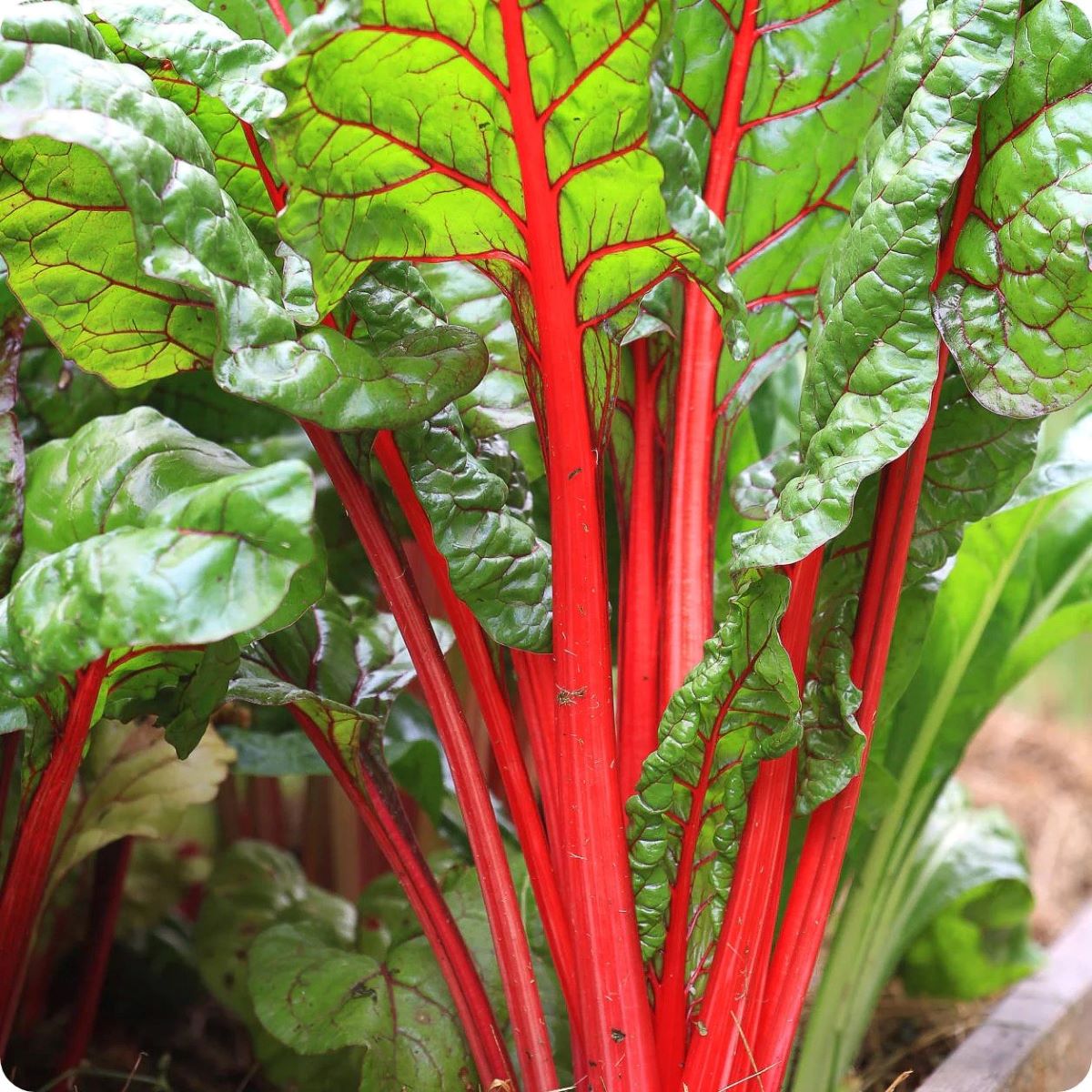
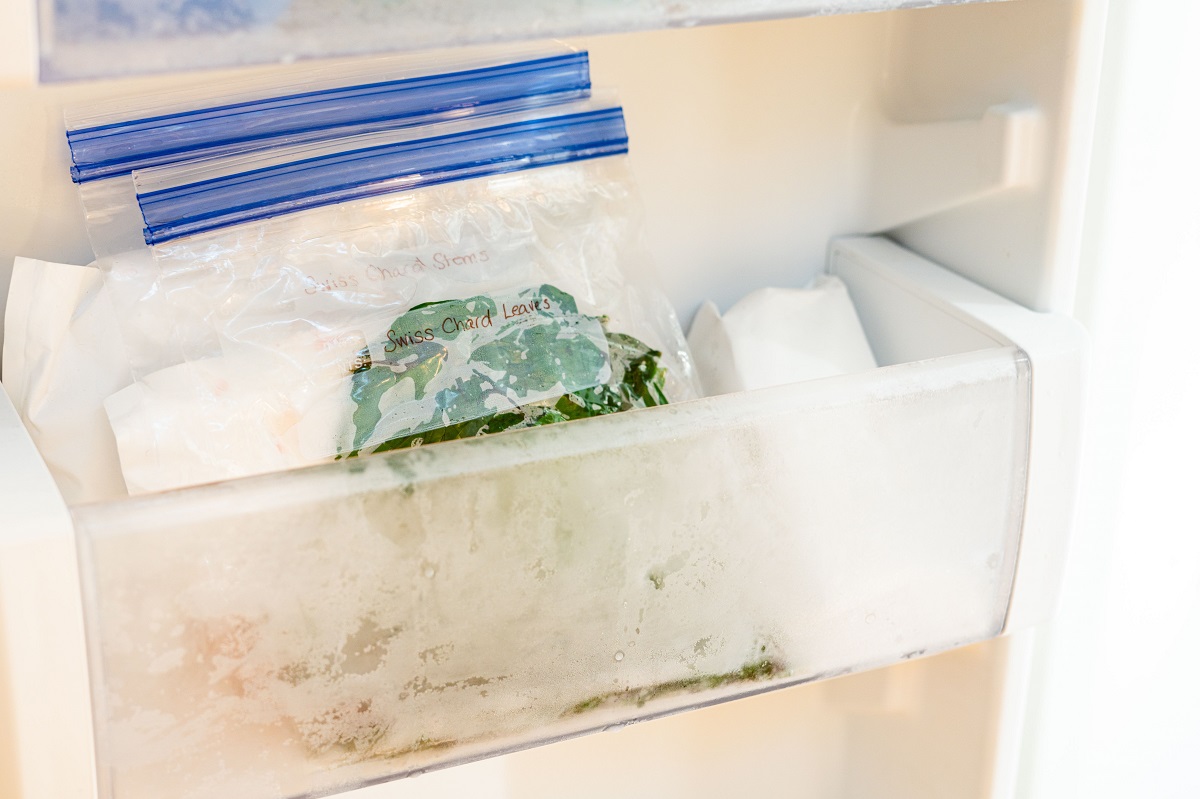
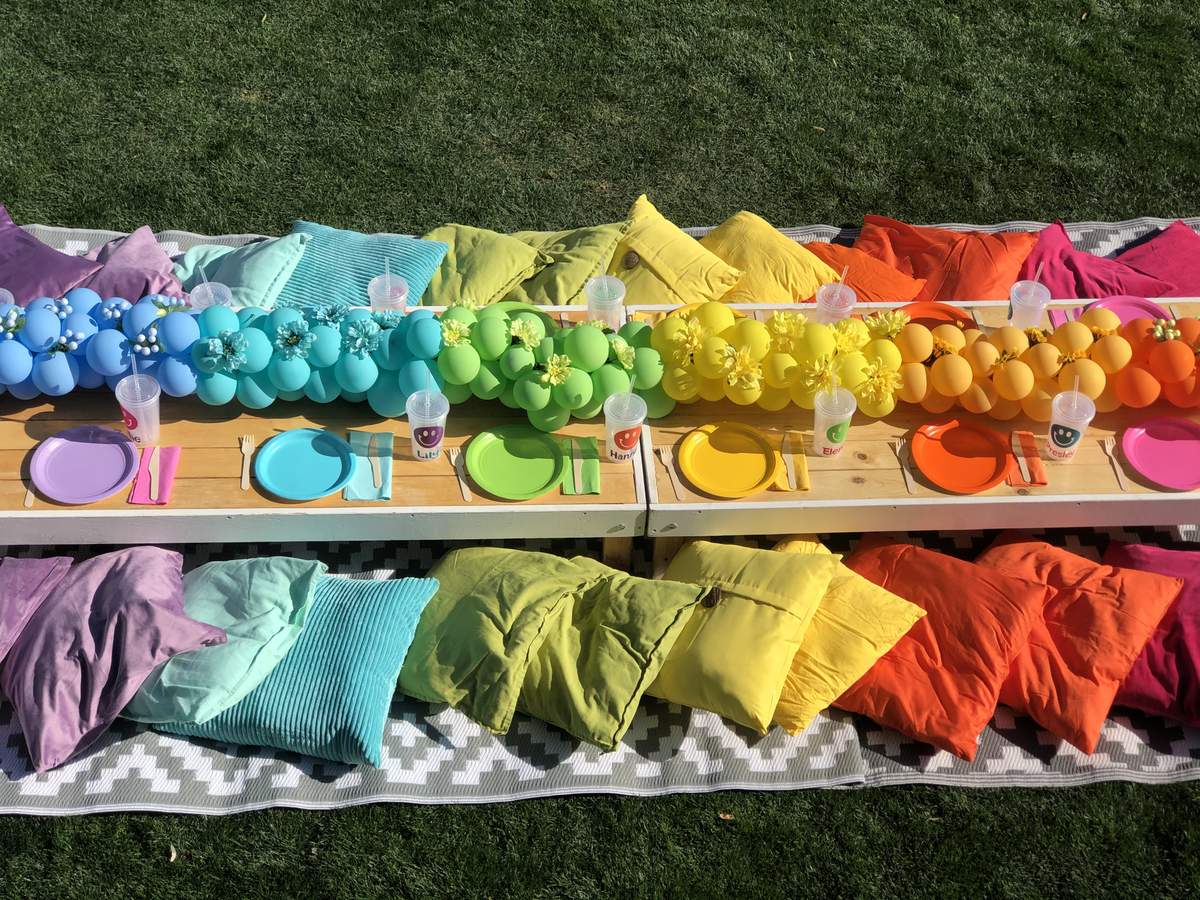
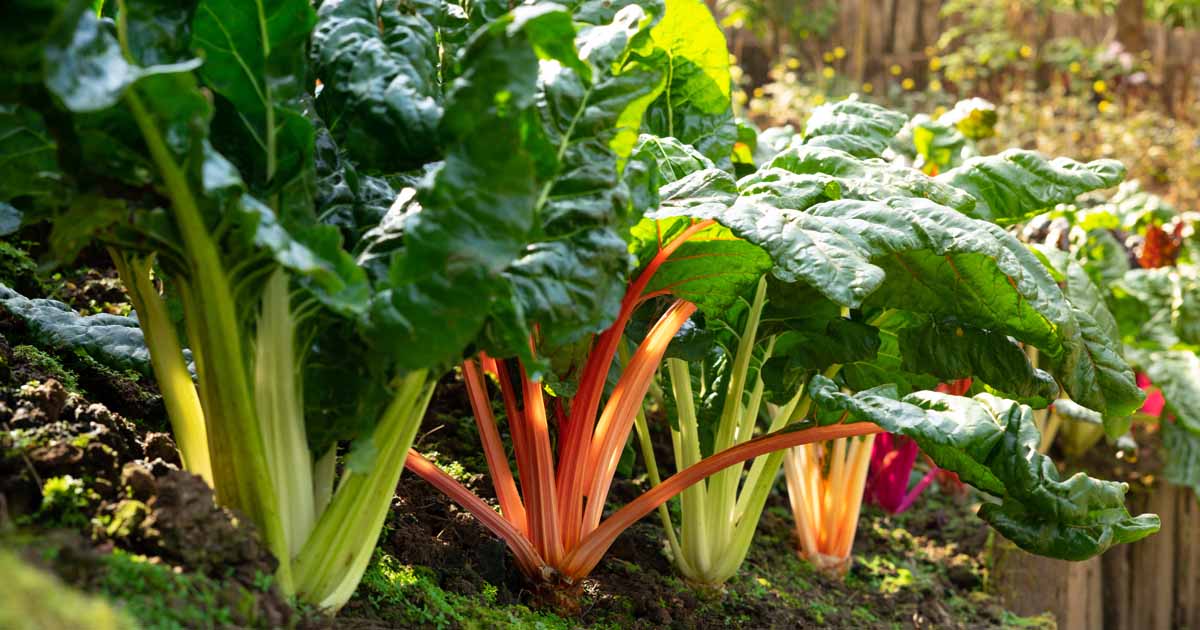
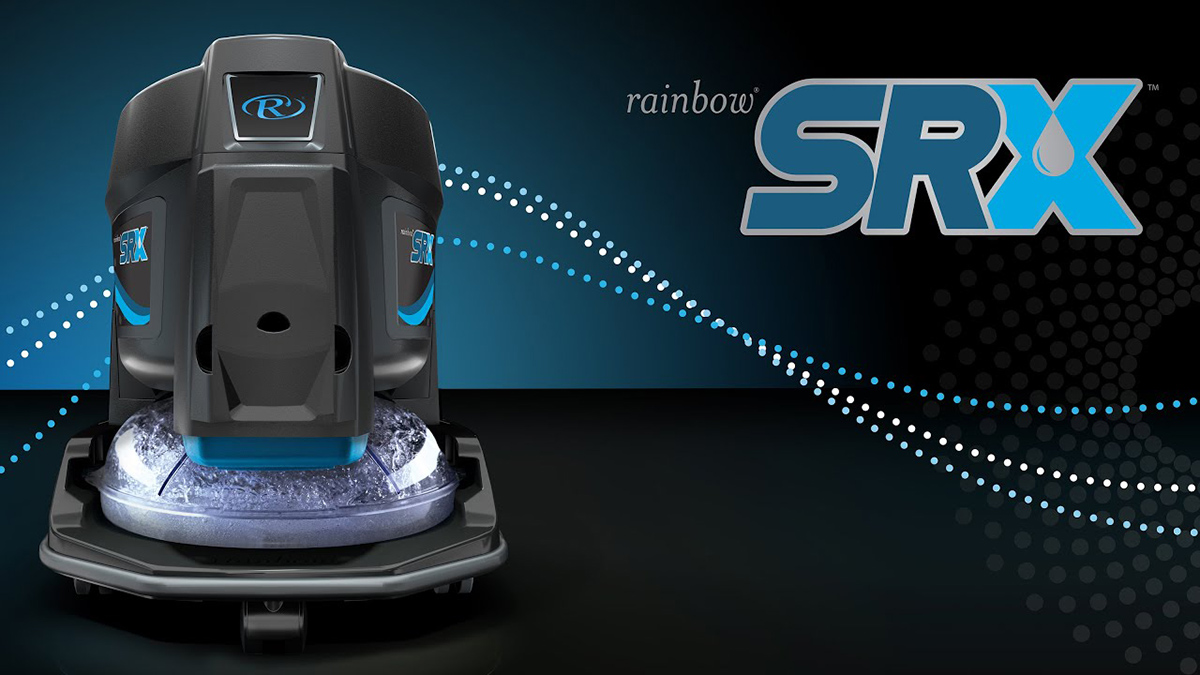
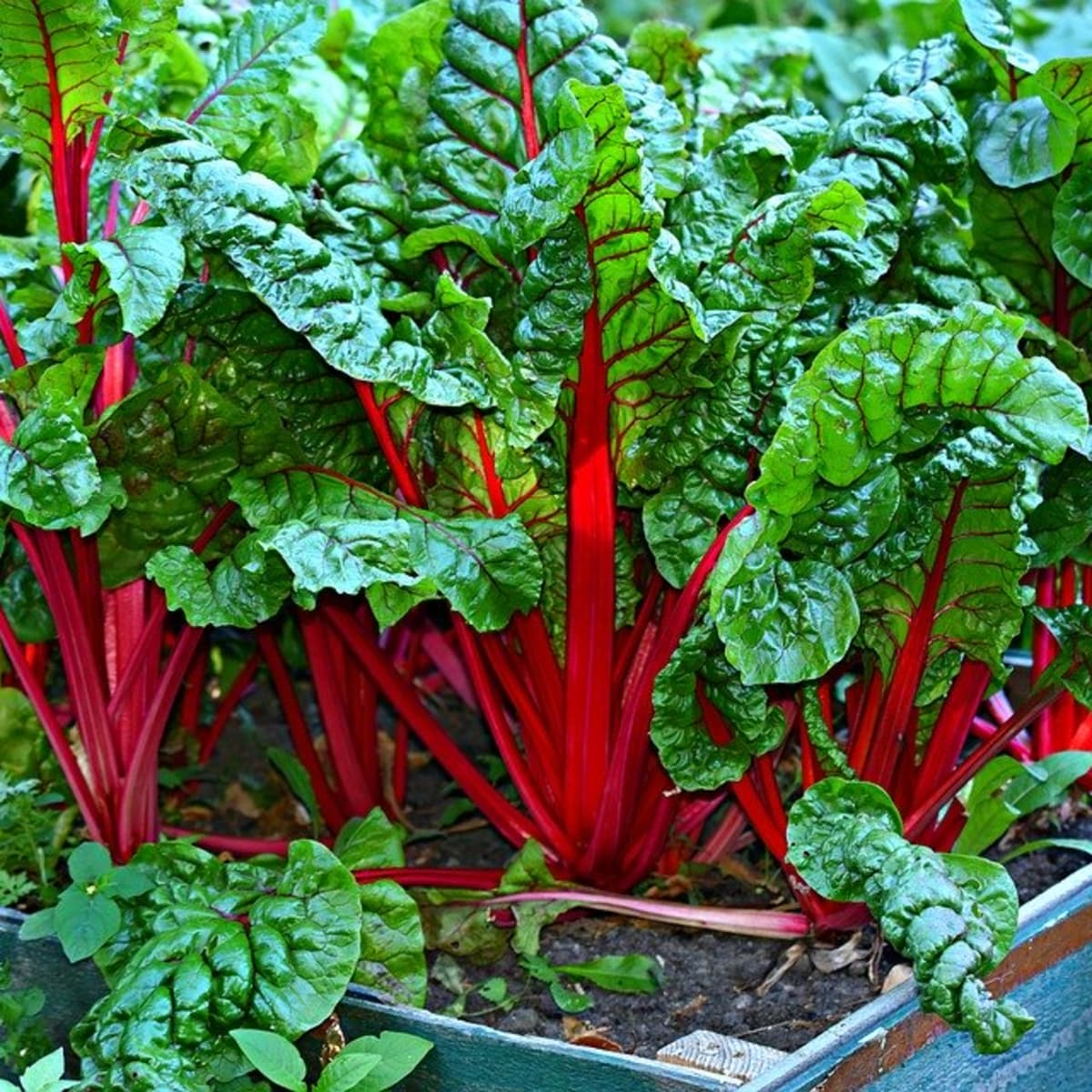
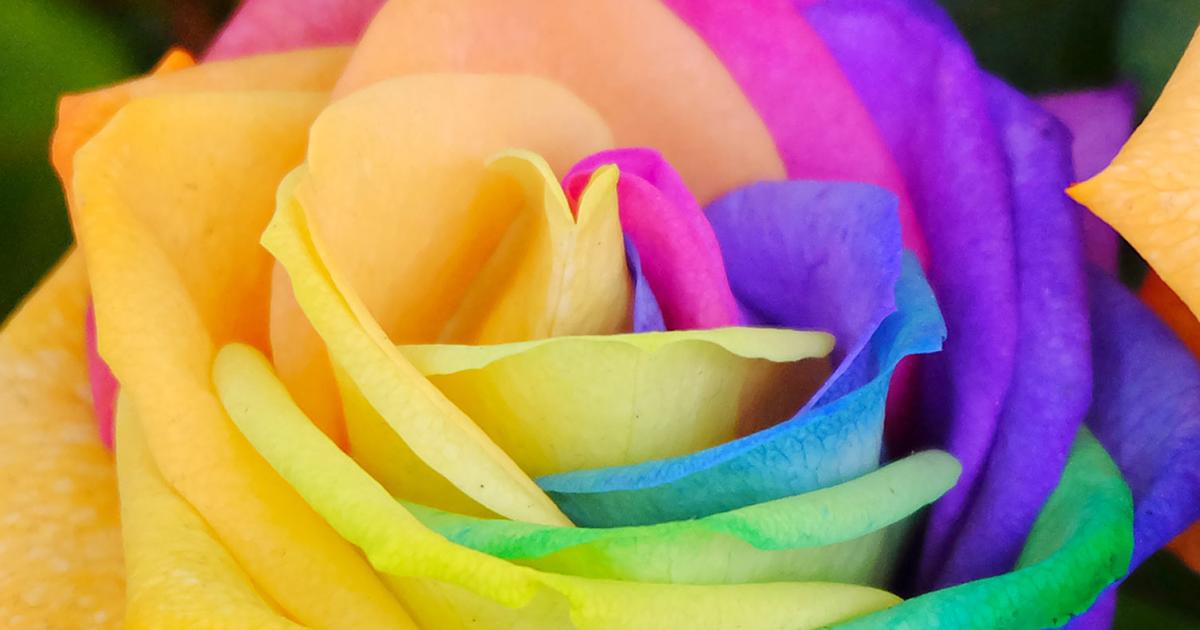
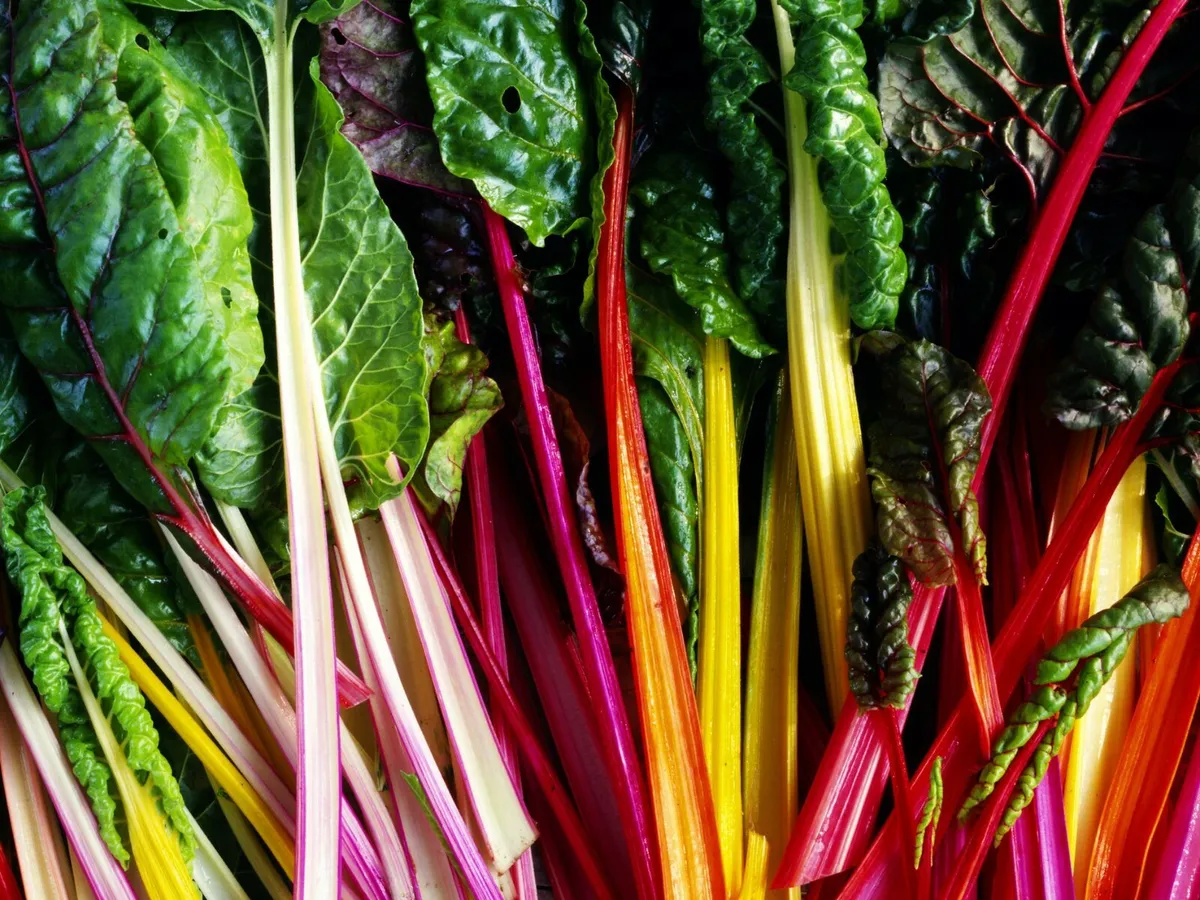

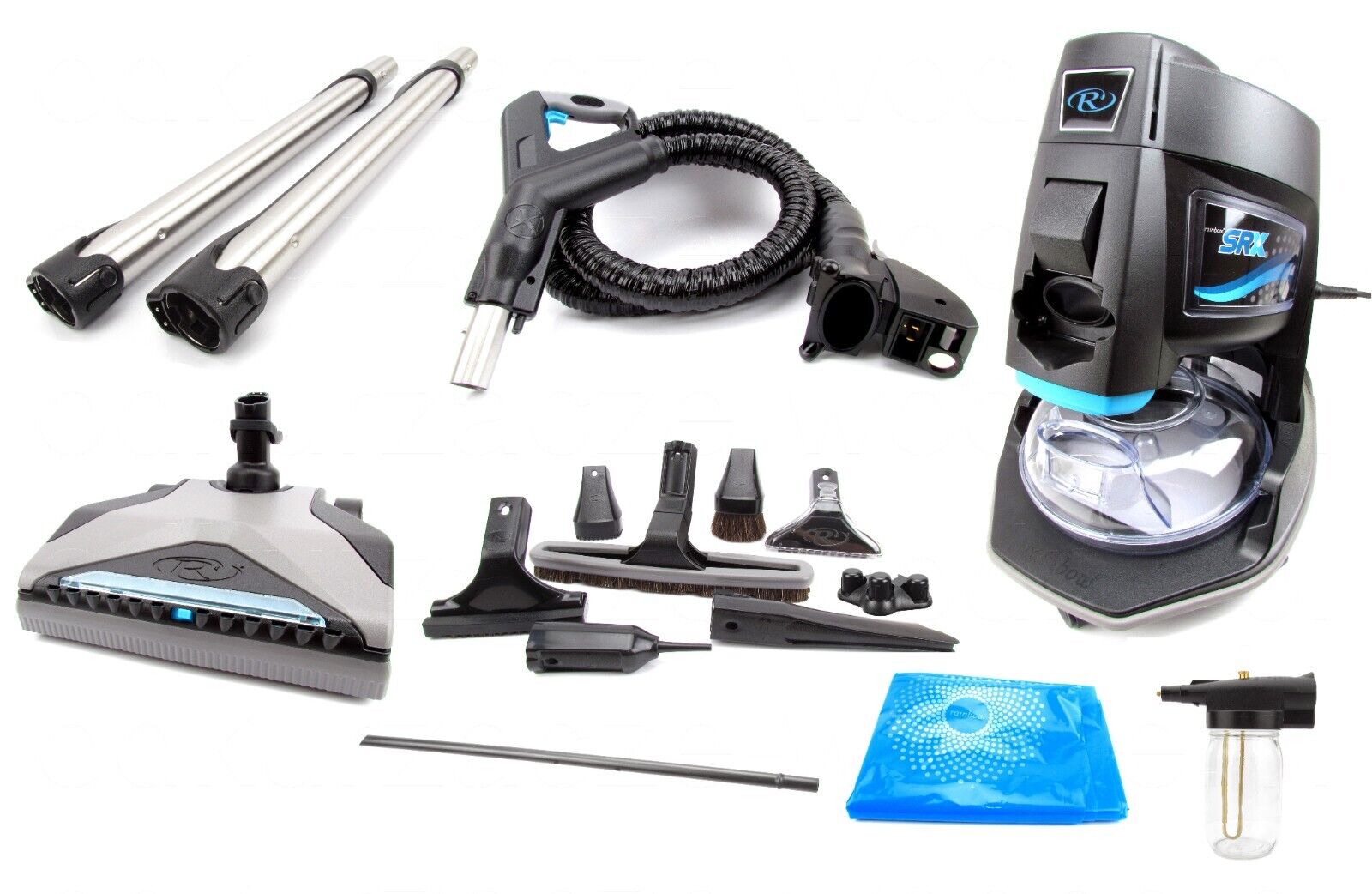



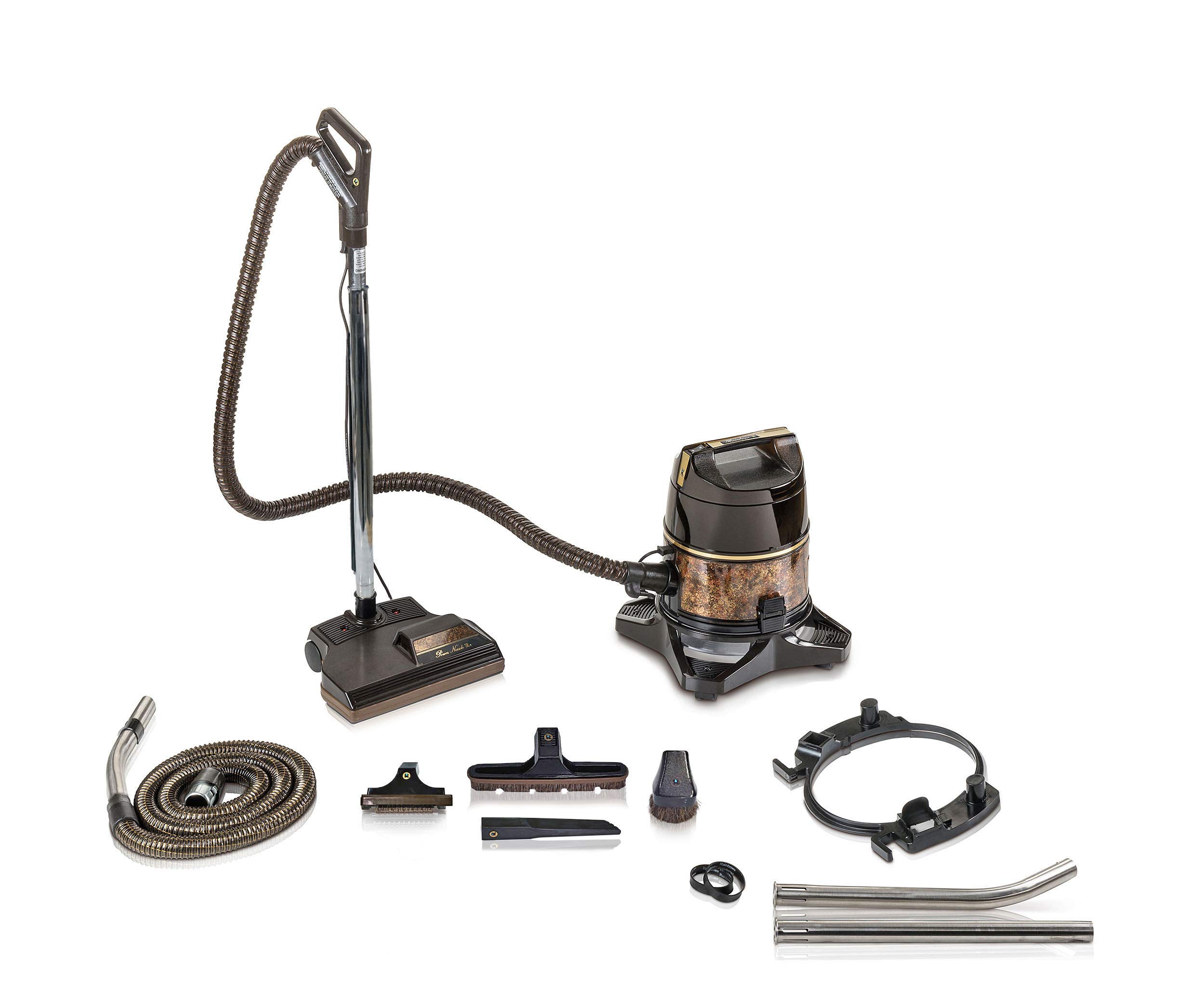

0 thoughts on “How To Store Rainbow Chard”